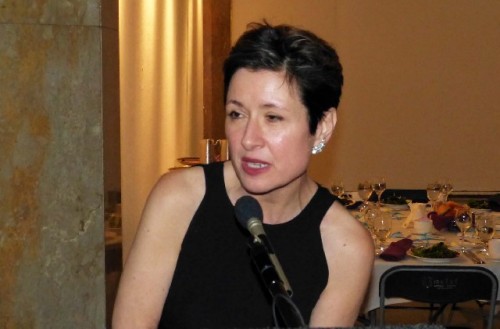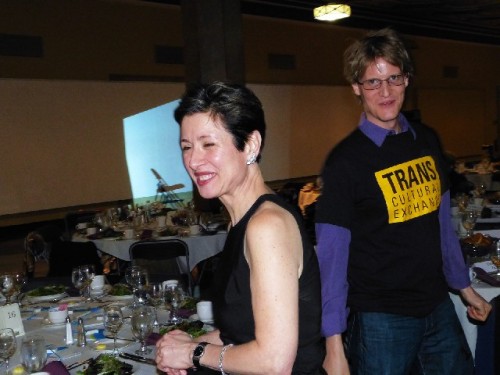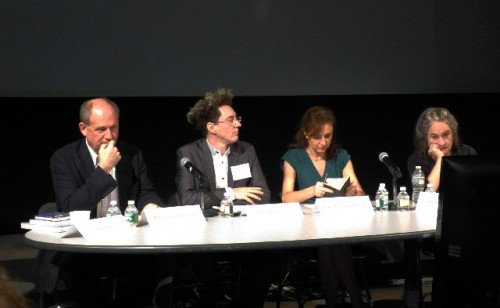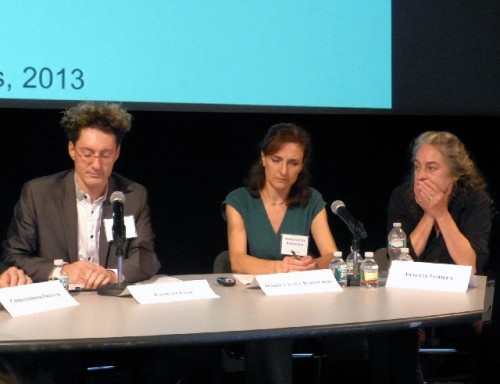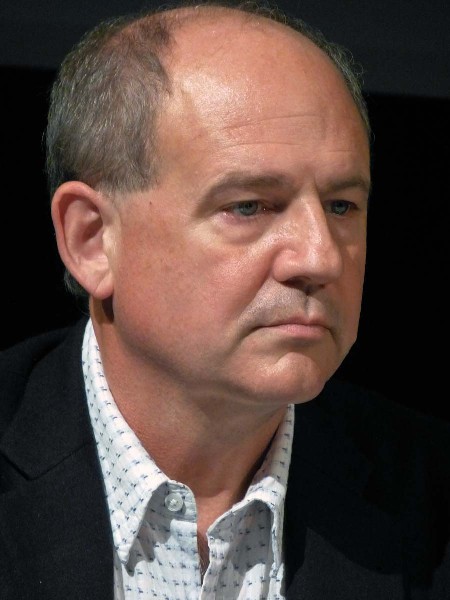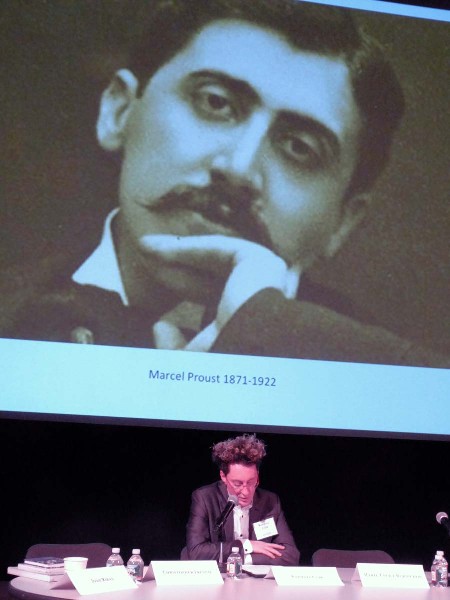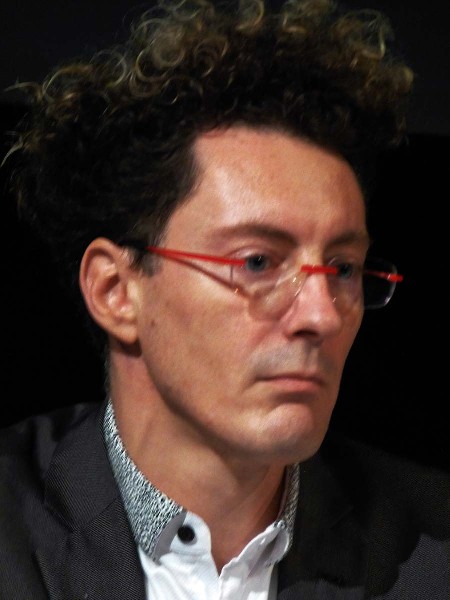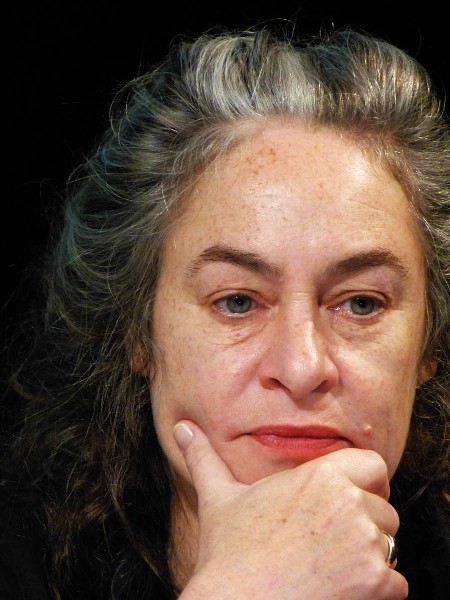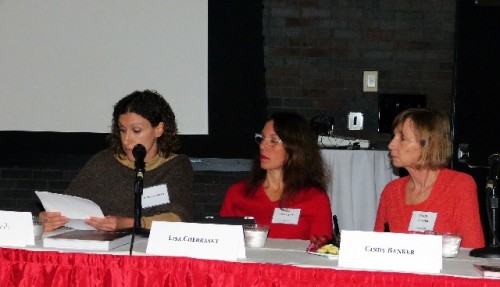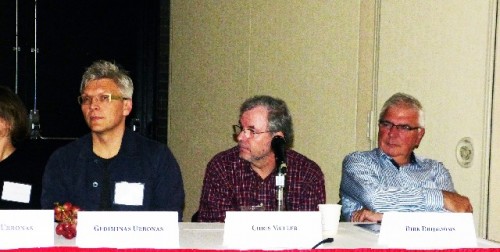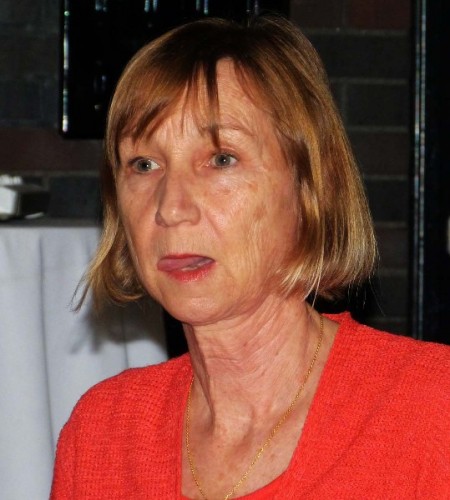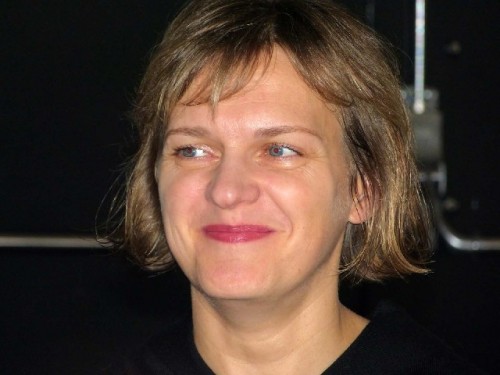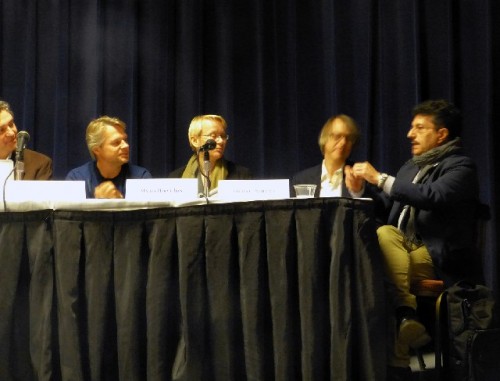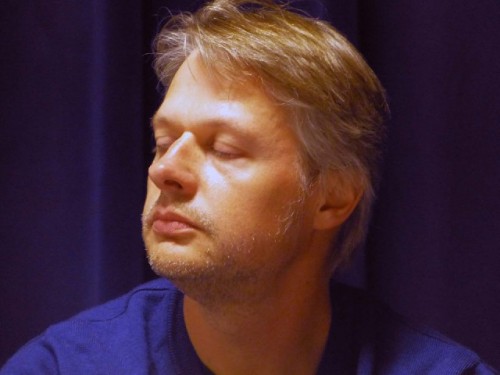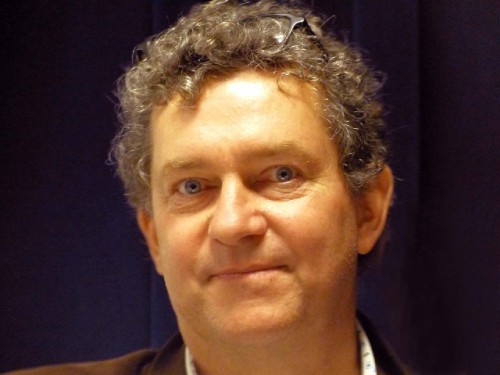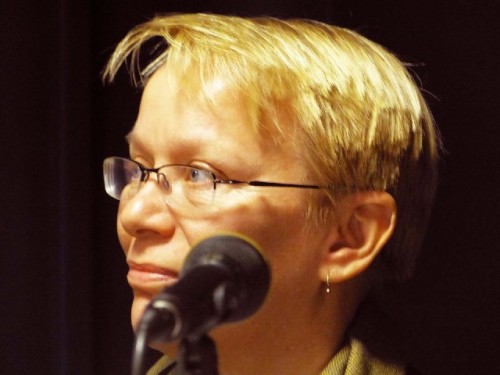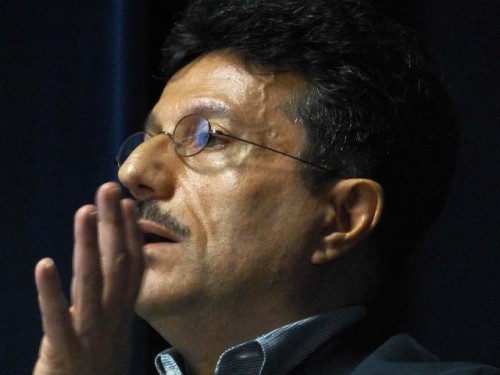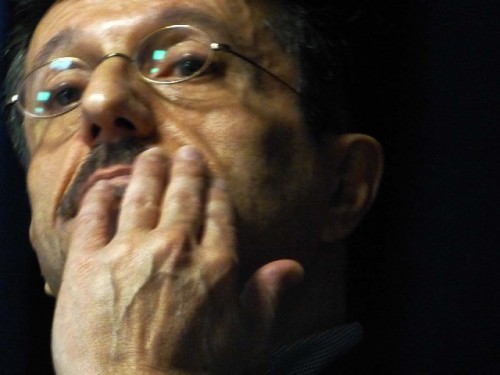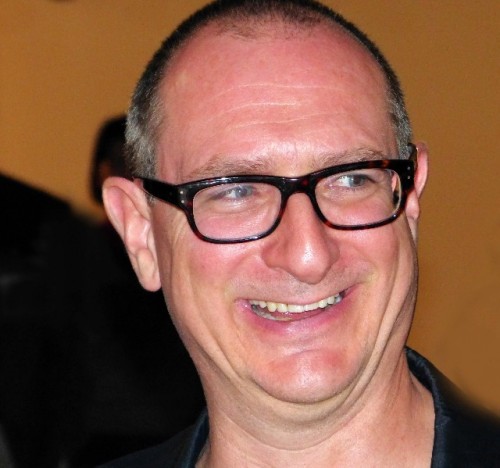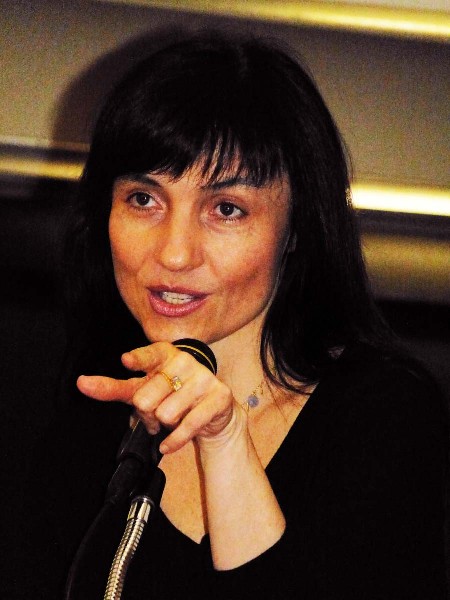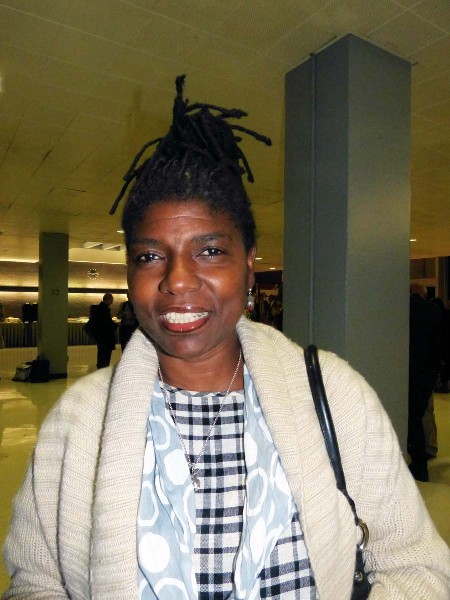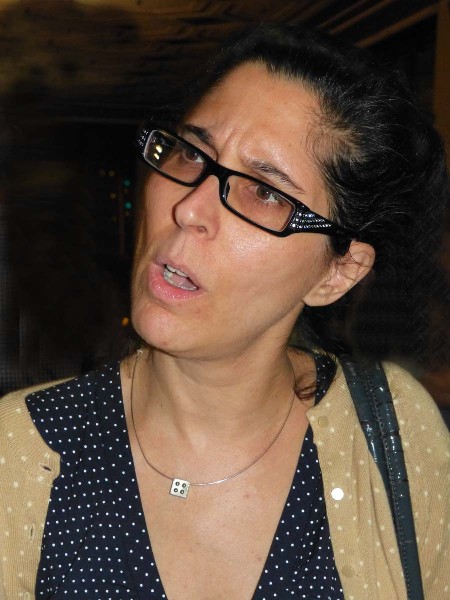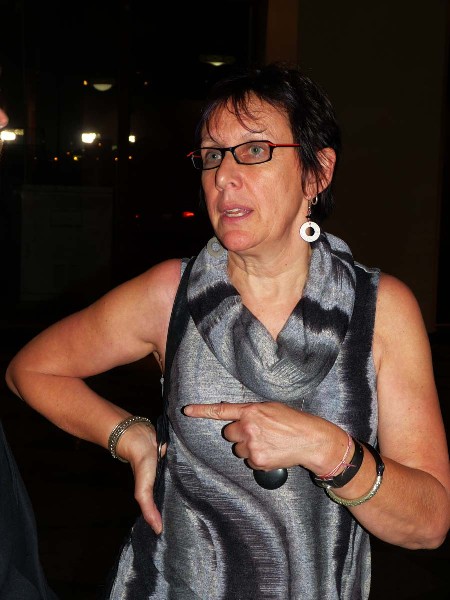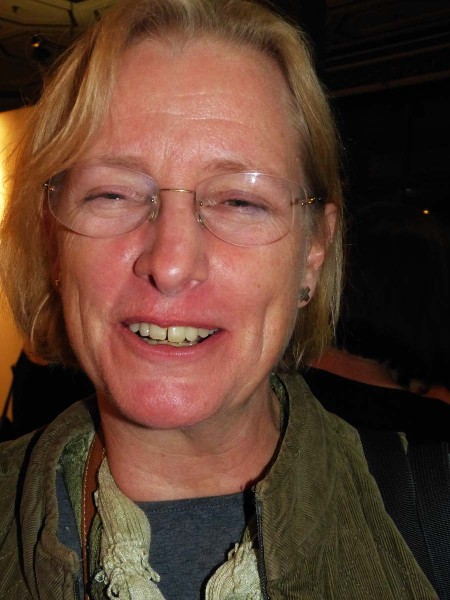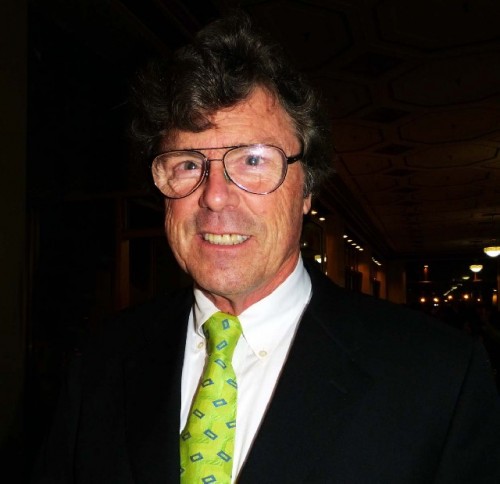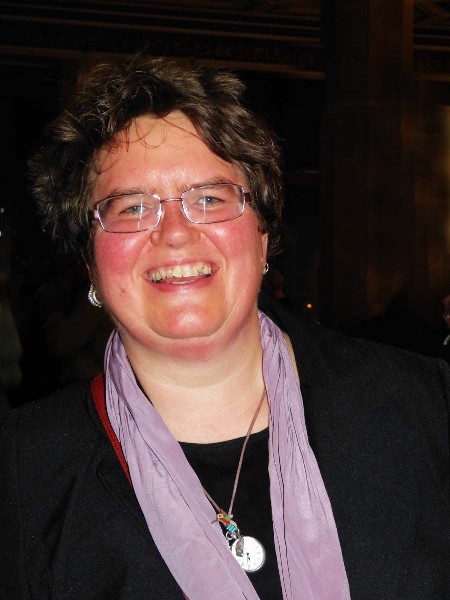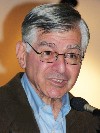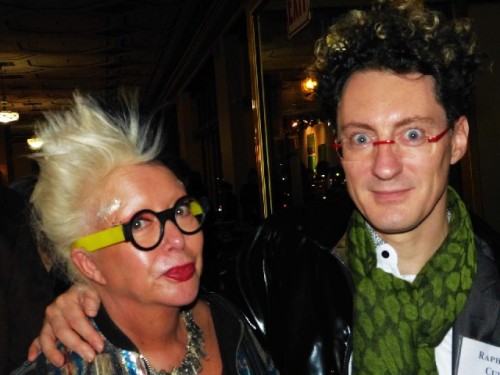TransCultural Exchange Boston 2013
Thinking Globally Acting Locally
By: Charles Giuliano - Oct 21, 2013
When the artist/ educator Mary Sherman first started to travel to residence programs in Europe and Asian she began networking.
Over a number of years that developed as projects and collaborations leading to the formation of TransCultural Exchange. I was one of a hundred artists included in the early Coaster Project. As curator we presented that work at the Gallery of the New England School of Art & Design. In another exhibition Sherman showed her work with us.
Then there was the Tile project which also circulated globally.
As the net of contacts and participants widened Sherman initiated the first conference mostly to bring together artists and directors of residence programs.
Recently, the fourth and most ambitious conference was hosted by Boston University. We have a complete report from Astrid Hiemer.
Having attended all of the conferences it was wonderful to see old and new friends. On every level this was the most successful program while still evolving.
For this latest incarnation there seemed to be a new approach to programming. For the 400 plus artists who attended connecting with residences remains their primary focus. Now, however, there were so many residence programs presenting that they took the form of long sessions with three minute speed dates.
It allowed artists to get thumbnails of possibilities. Then there was the option of tracking down and interacting with individual presenters. It is a quick means of getting a read on which residence program best suits individual needs.
The residence speed dates and workshops were primarily scheduled as morning sessions. It was the singular focus on Thursday for early arrivals to the four day, weekend event.
It the past there were a few panels presenting biennial curators.
This aspect was richly expanded with often three, hard to choose between sessions running simultaneously. In BU’s Sherman Student Union, the site for most of these meetings, the spaces adjoined so it was possible to cheat by catching parts of more than one panel.
The beefing up of this aspect of the program greatly increased its commitment to fascinating aspects of contemporary art with an emphasis on art/ science/ technology (with a number of presenters from MIT), aspects of pure art research, and sessions with global critics and curators. The quality of these panels proved to be remarkable.
Particularly fascinating were panels organized around the senses of smell, taste and sound. These are still developing aspects of contemporary art explored by seminal participants and researchers in these fields. We would have liked to attend the session on fashion in art but the scheduling didn’t work out.
While the depth and quality of these critical sessions were ambitious and remarkable for their participants, overall, they were not that well attended.
Perhaps thought should be given on how better to market the expanded premise of the conference. There is a commitment on the part of Boston University to host another conference. It is likely to occur in two years which has been the cycle. That will depend on an analysis of the now completed conference as well as fund raising moving forward.
Because of our busy schedule, particularly during the summer, it is unlikely that we might participate in residences; although we have and will again. For personal reasons I was mostly interested in the awesome critical panels. There is great potential to develop that audience. It is an aspect of how the conference might further grow and expand. That would be a magnet attracting more critics, curators, and art historians.
There were some 300 portfolio reviews connecting artists with gallerists, critics and curators. Meeting with five wonderful artists was for me an emotional and fulfilling highlight of the conference.
There will be inevitable rethinking of the overall mandate of the organization. While this was by far the most ambitious and rewarding conference it is still a work in progress.




